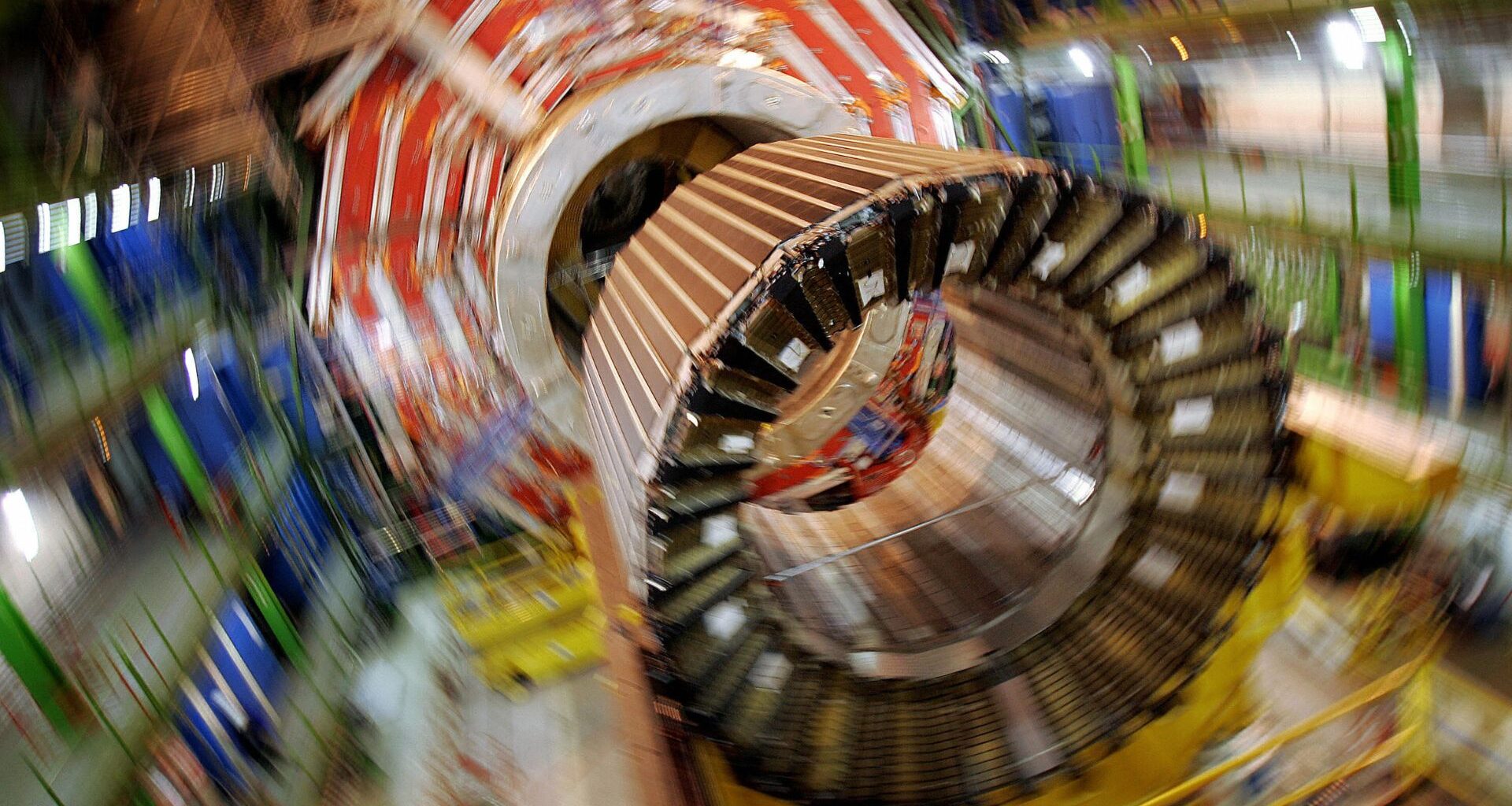Gravitational wave detectors, such as LIGO, have revolutionized astronomy, but only within a narrow frequency range. Now, physicists have found a way to dramatically widen that range using something unexpected.
In a new study, physicists propose that superconducting magnets from dark matter experiments that are originally designed to hunt for axions could also detect gravitational waves in the elusive kilohertz to megahertz range—frequencies that current detectors can’t reach.
Our research “demonstrates that DC magnets can act as remarkably sensitive gravitational wave detectors,” the study authors note. If successful, this approach would offer a new tool for listening to the universe and potentially uncover signals from cosmic events we’ve never been able to observe before.
A fresh take on a decades-old idea
Back in the 1960s, physicist Joseph Weber tried to detect gravitational waves using large metal cylinders, hoping these would vibrate a little when a wave passed through.
While his “Weber bars” (the cylinders) worked at certain frequencies, they were nearly deaf outside that narrow band. In other words, they were like radios that could only catch one station clearly and missed everything else.
“What we recognized was that while the Weber Bar concept works very well if the gravitational wave frequency is very near to a resonant mode of the bar itself, it doesn’t work as well off-resonance,” Sebastian Ellis, one of the study authors and a theoretical particle physicist at the University of Geneva, told Phys.org.
The current study also takes inspiration from Weber’s experiment, but it uses magnets instead of metal bars. This is because the researchers realized that superconducting magnets used in dark matter experiments already carry huge amounts of stored magnetic energy. Moreover, they could respond to gravitational waves across a much wider range of frequencies, not just the narrow ones that worked for Weber’s original design.
When a gravitational wave passes through a superconducting magnet, it causes the whole structure to shake ever so slightly. These tiny movements distort the shape of the device that carries the electric current, and this distortion ends up changing the magnetic field.
These changes are extremely small, but advanced sensors called SQUIDs (Superconducting Quantum Interference Devices) can detect them. So instead of having to convert mechanical motion into an electric signal like the old Weber bars did, this magnet-based method directly produces magnetic signals that are easier to measure and less likely to be affected by noise.
The many advantages of magnetic detectors
The most exciting part of this discovery is that these magnetic detectors would work in a frequency band that has remained unexplored until now. LIGO, the laser-based observatory that confirmed the first gravitational waves in 2015, is incredibly sensitive, but mostly below a few kilohertz.
However, the new technique could potentially work up to 10 megahertz, offering a new way to detect signals from exotic astrophysical events or phenomena we haven’t even imagined yet.
There’s also a practical advantage. Dark matter experiments like DMRadio and ADMX-EFR already use these powerful magnets.
That means scientists wouldn’t need to build entirely new equipment. These magnets could be used for dual purposes, searching for dark matter and listening for high-frequency gravitational waves, making future experiments more efficient and cost-effective.
However, turning this idea into a real solution won’t be easy. The instruments will need to be protected from everyday vibrations that could drown out the signals. Even tiny shakes from the environment can mimic the effects of gravitational waves.
“This requirement is very similar to the one faced by LIGO, and by traditional Weber Bars such as the 2-ton bar AURIGA. The fact that they were able to successfully isolate their devices makes us optimistic,” Ellis added.
The team is now expanding its efforts to identify which kinds of gravitational wave signals might show up in this high-frequency range. They’re also exploring even more sensitive quantum sensors that could improve the setup further. If successful, this could mark the beginning of a new chapter in astronomy, one where the universe reveals secrets it has kept hidden in frequencies we’ve never listened to before.
The study is published in the journal Physical Review Letters.
